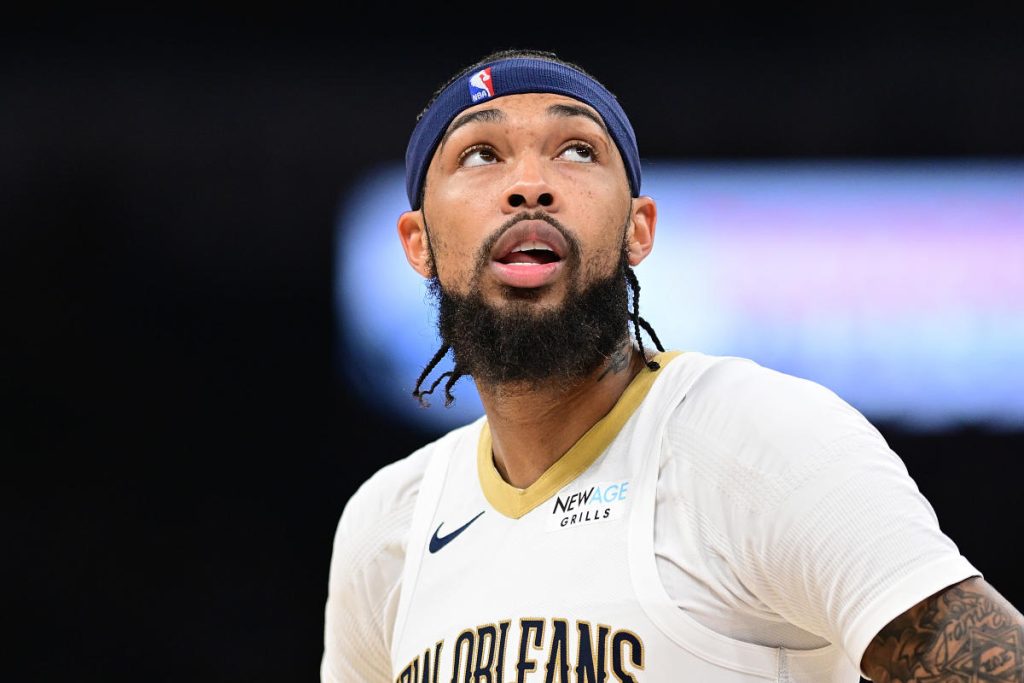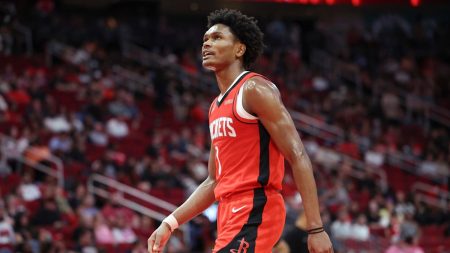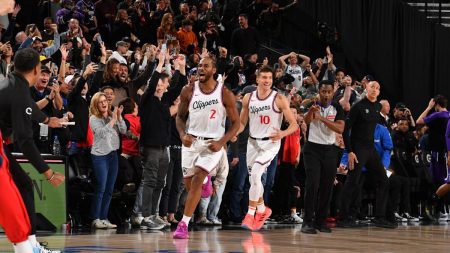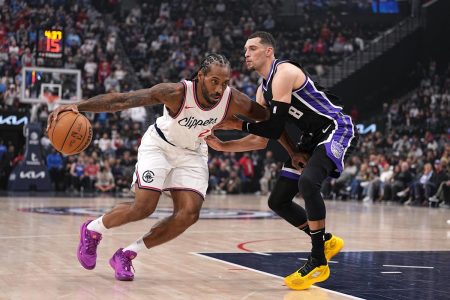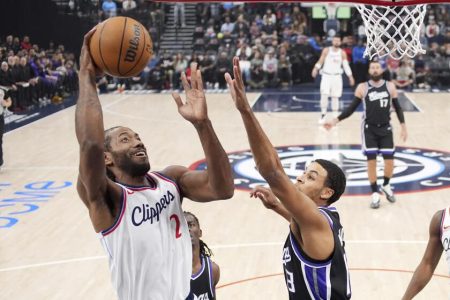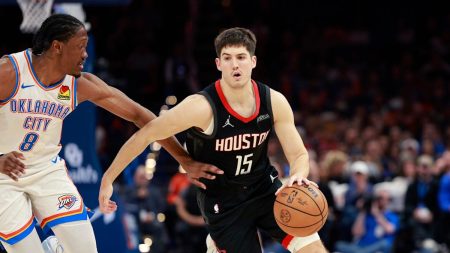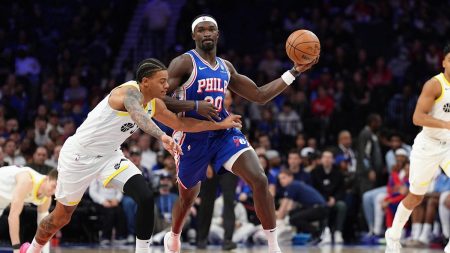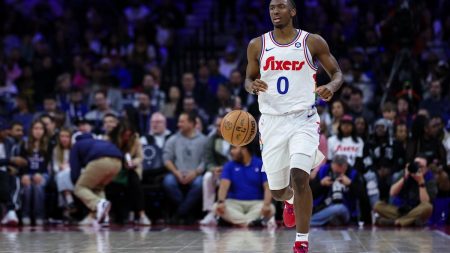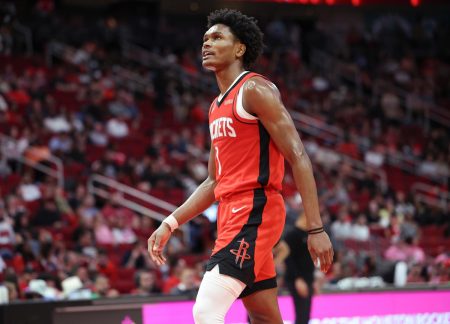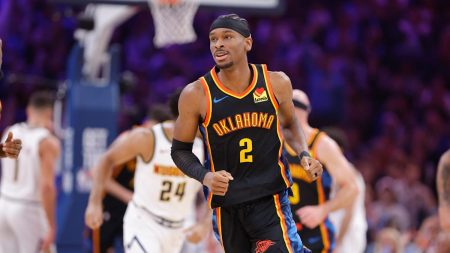Toronto Raptors Secure Brandon Ingram with a Generous Extension
The Toronto Raptors made a significant move by trading forBrandon Ingram before the NBA trade deadline on February 6, 2023. Just days later, the team extended Ingram’s contract, locking him in for the next three seasons with a deal worth $120 million. This new contract translates to an average of $40 million per season, with the final year including a player option. While an extension for a player of Ingram’s caliber makes sense in the context of the assets Toronto surrendered to acquire him, the amount of the deal seems aggressive and potentially risky. Ingram was available for trade due to his specific playing style and some lingering concerns about his long-term fit and durability.
Ingram’s Shot Profile: A Double-Edged Sword
Brandon Ingram is a 6-foot-8 wing with a unique shot profile that, while effective in some ways, also presents challenges. Despite increasing his 3-point shooting rate this season, Ingram has always been more comfortable as a midrange shooter. In fact, 38.4% of his offense consists of midrange attempts, which is a style that is less valued in today’s NBA, where teams prioritize outside shooting and driving to the basket for high-efficiency looks. His at-rim shot rate is at an all-time low of just 11.7%, further highlighting his reluctance to play a more modern, versatile game. While Ingram’s midrange shooting can be a significant weapon, it often leaves his team in a bind when it comes to spacing and creating opportunities for others.
Ingram’s Potent Skills and Persistent Shortcomings
Despite the concerns, Ingram’s talent is undeniable. He possesses above-average ball-handling skills for his size and position, making him a potent threat on the court. His ability to create off the dribble and finish midrange jumpers is a valuable skill, but it’s his unwillingness to fully embrace the modern game that becomes a liability. The Raptors already have two forwards in place—Scottie Barnes and RJ Barrett—neither of whom is a consistent long-range shooter. This overlap in skill sets and playing styles creates a potential redundancy that could complicate Toronto’s offense. Ingram’s reluctance to change his game could make it challenging to maximize his impact alongside these players, who in many ways share similar strengths and weaknesses.
A History of Injuries and Limited Availability
Ingram’s availability has been a significant issue throughout his career. This season, he has played in only 18 of the Pelicans’ 53 games due to an ankle injury, and his injury history is a cause for concern. Over his nine-year career, Ingram has eclipsed 70 games in a season just once, averaging 57 games in the seven seasons before this one. The Raptors are now inheriting a player with a history of missing significant time, which adds another layer of risk to the already substantial financial commitment. The team will need to ensure that Ingram can stay healthy and contribute consistently to justify the investment.
Strategic Considerations for the Raptors
The decision to extend Ingram raises questions about the Raptors’ long-term strategy. If they view him as a core piece, similar to how they see Scottie Barnes, this could lead to significant roster imbalance. Barnes, who is often described as a younger and more defensively adept version of Ingram, already requires players to adapt to his game. Adding another player with a similar, albeit less advanced, skill set seems to multiply the challenges. There is also the question of whether Ingram can seamlessly fit alongside RJ Barrett, who shares similar on-court responsibilities. The term "clogged paint" might become a common refrain on Raptors broadcasts, as all three players could struggle to create space and opportunities for each other.
Potential Trade Scenarios and Future Roster Alignment
Alternatively, the Raptors might be positioning Ingram for a future trade. The Pelicans spent months trying to move him, with limited interest from other teams. Now, with a substantial contract and a player option, Toronto could face similar challenges in finding a trade partner. However, if the Raptors aim to rehab Ingram’s value over the summer, they might be able to leverage his contract into a more favorable deal. This could involve moving one of their other forwards, such as RJ Barrett, to address spacing issues and better align their roster. Even in this scenario, the Raptors will need to ensure that any trade brings a player who can consistently create outside looks and help their offense flow more smoothly. Overall, the acquisition and extension of Ingram present a complex puzzle that the Raptors will need to solve to remain competitive in the NBA.

